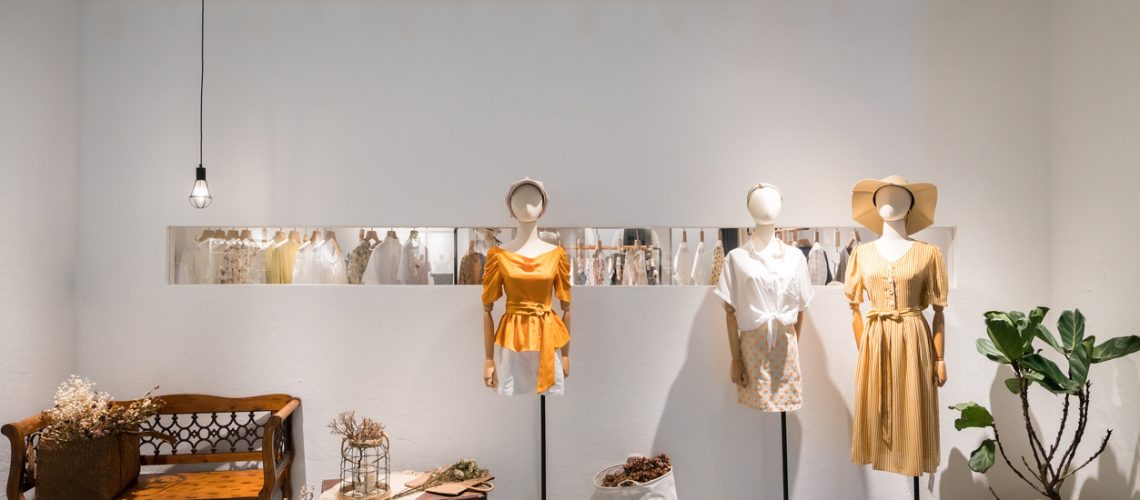A Newbie's Overview to Navigating the Boutique Fashion Scene
A Newbie's Overview to Navigating the Boutique Fashion Scene
Blog Article
A Deep Study the Globe of High-Fashion Runways: Understanding Garments as Art
Designers, much like skillful artists, weave detailed stories through color, form, and textile, redefining and challenging typical standards beauty criteria. As we check out these sartorial spectacles, we must contemplate: what function does style play in shaping social values, and just how does it show the ever-changing tapestry of human emotion and identification?
The Evolution of Runway Shows
The trajectory of path programs has changed substantially over the decades, progressing from exclusive sector events to fascinating eyeglasses that blend fashion with art. Commonly, runway programs were intimate affairs, kept in ateliers or small locations, primarily gone to by buyers and market experts. These early discussions concentrated on the garments' craftsmanship and business stability, using a sensible and direct display of seasonal collections.
As the style sector broadened, the nature of path programs started to alter. The 1970s and 1980s noted a turning factor, with developers seeking to differentiate themselves via more theatrical discussions.
In the last few years, innovation and social networks have actually better reinvented runway shows, making them accessible to a worldwide target market. Livestreaming and digital platforms have equalized style, allowing lovers worldwide to witness these events in real-time (boutique fashion). This development reflects a more comprehensive cultural shift, where high-fashion paths function as a vibrant crossway of efficiency, advancement, and style
Designers as Visionary Artists
Developers in the high-fashion sector have obscured the lines between functional garment creation and the theoretical realm of art. By welcoming artistic self-controls such as sculpture, paint, and progressive installments, developers craft garments that test standard fashion standards and elevate them to art kinds.
Visionary designers attract inspiration from a myriad of resources, including abstract art, historic recommendations, and personal narratives. They have an one-of-a-kind capacity to visualize and emerge concepts that press the borders of conventional fashion, frequently redefining aesthetic standards at the same time. This creative ingenuity is showcased via dramatic shapes, innovative products, and elaborate workmanship, which invite visitors to experience style as greater than simply wearable items.
In addition, the path functions as a canvas for these musicians, where lights, songs, and set style coalesce to produce immersive experiences. These presentations are not merely display screens of clothes yet are orchestrated efficiencies that stimulate feeling and provoke idea, attesting the developer's role as a real artist in the modern social landscape.
Social Influences in Style
Cultural tapestry weaves its intricate patterns into the textile of fashion, affecting designers globally. The vibrant interchange of cultural stories, practices, and signs educates and inspires collections that poise high-fashion paths.
The impact of culture on fashion is often seen in the reinterpretation of conventional garments and patterns. For instance, using Japanese robes, Indian saris, or African prints in modern fashion shows a blend of cultural credibility and modern visual appeals. Designers such as Valentino's Pierpaolo Piccioli and Alexander McQueen's Sarah Burton have been understood to include rich cultural concepts into their couture collections, converting history into wearable art.

Development in Textile and Layout
Innovation in textile and layout continually improves the landscape of high-fashion, pushing limits and redefining opportunities. In current years, technical advancements have substantially added to this evolution, introducing products that test typical assumptions. Textiles ingrained with wise fibers, efficient in changing shade or managing temperature level, are no more confined to the realm of sci-fi. Developers are progressively exploring the integration of modern technology, such as 3D printing, which permits the development of complex structures that were formerly unthinkable.
Additionally, sustainability has come to be an essential theme in material innovation. The garment industry is observing a surge in making use of environment-friendly materials, stemmed from recycled plastics, organic fibers, and even biodegradable elements. These technologies not only supply new appearances and looks but additionally address crucial ecological issues. Developers are welcoming these materials to craft garments that are both conscious and aesthetically striking of their eco-friendly footprint.
In regards to design, experimental types and progressive silhouettes are constantly transforming the check this site out runway. By incorporating innovative techniques and unconventional materials, designers cultivate garments that obscure the line between fashion and art, setting brand-new official statement requirements for creative thinking and expression in the high-fashion sphere.
Impact of Fashion on Society
Style wields an extensive influence on culture, serving as both a reflection of social identification and a driver for social adjustment (boutique fashion). With its evolution, style has mirrored social shifts, encapsulating the zeitgeist of different ages.
Additionally, style has the power to bridge cultural gaps, cultivating understanding and admiration amongst diverse groups. As globalisation speeds up, the cross-cultural exchange of fashion concepts becomes increasingly substantial, promoting inclusivity and variety. The increase of streetwear, originating from urban subcultures, illustrates how fashion can go beyond socio-economic limits, approving people a method of self-expression and empowerment.
Essentially, fashion is not simply about appearances; it is a vibrant force that influences worths, attitudes, and social progression (boutique fashion). By constantly interacting with social and social currents, fashion stays an integral part of the cumulative human experience

Conclusion
Designers, akin to visionary musicians, manage collections that show identity, feeling, and cultural narratives, challenging typical aesthetics. This junction of style and artistry not just mesmerizes audiences globally however also affects social perceptions and advertises a deeper appreciation for social diversity.

Social tapestry weaves its intricate patterns into the textile of style, influencing designers internationally.Style wields a profound impact on culture, offering as both a reflection of social identity and a stimulant for social modification.
Report this page